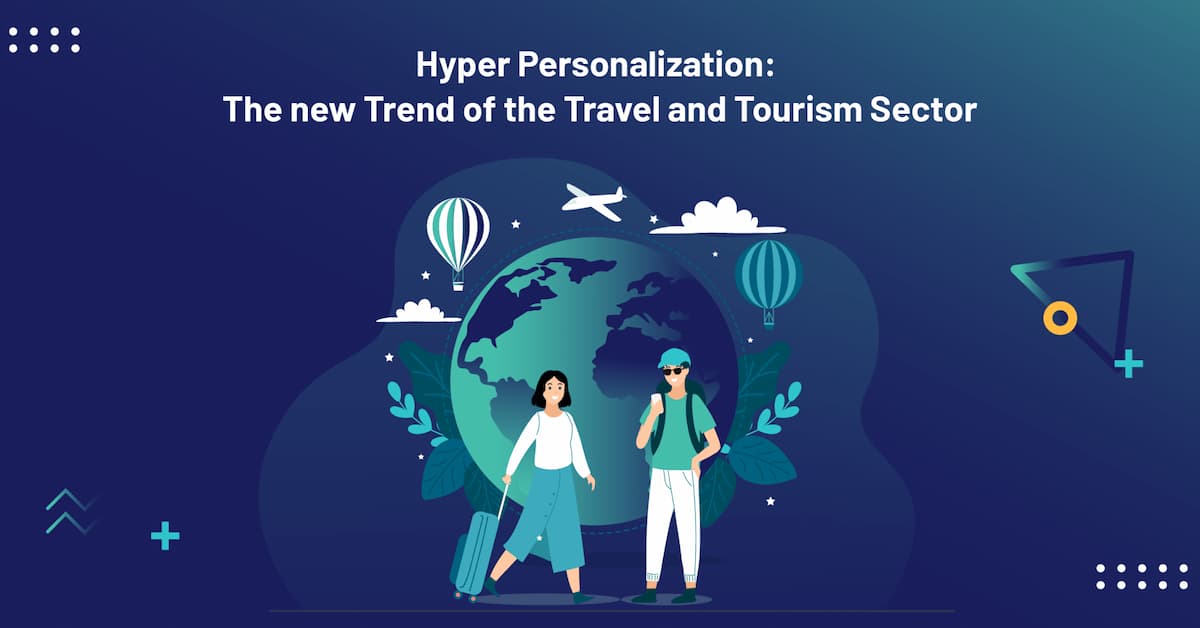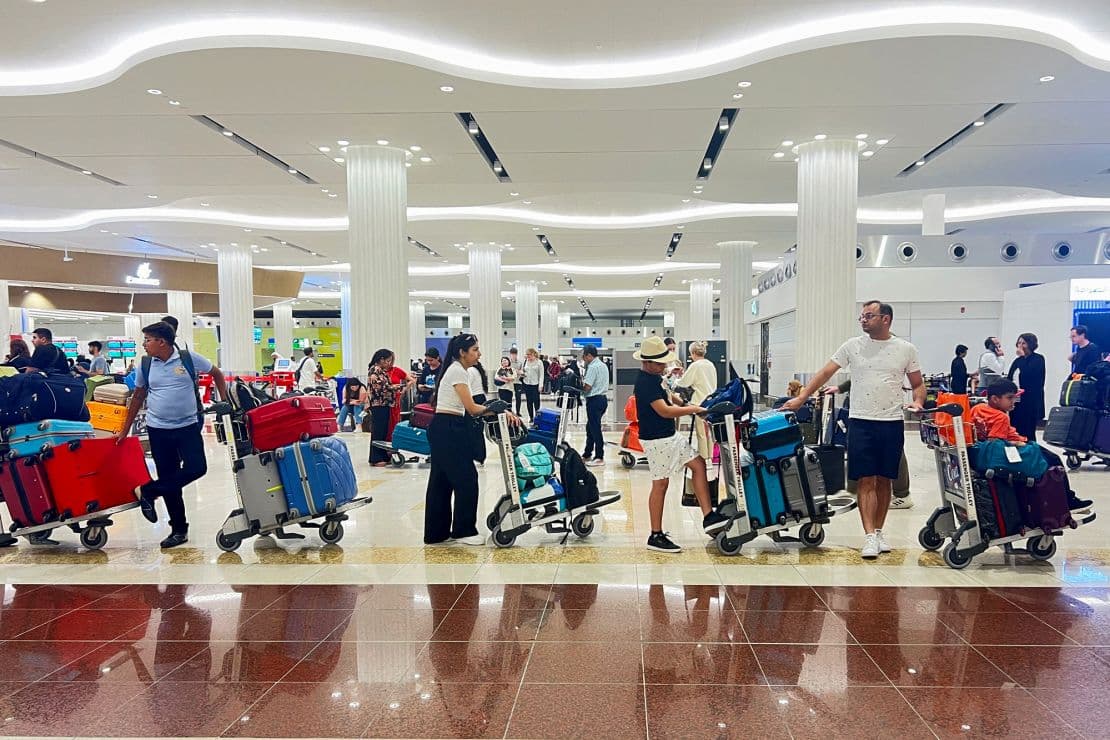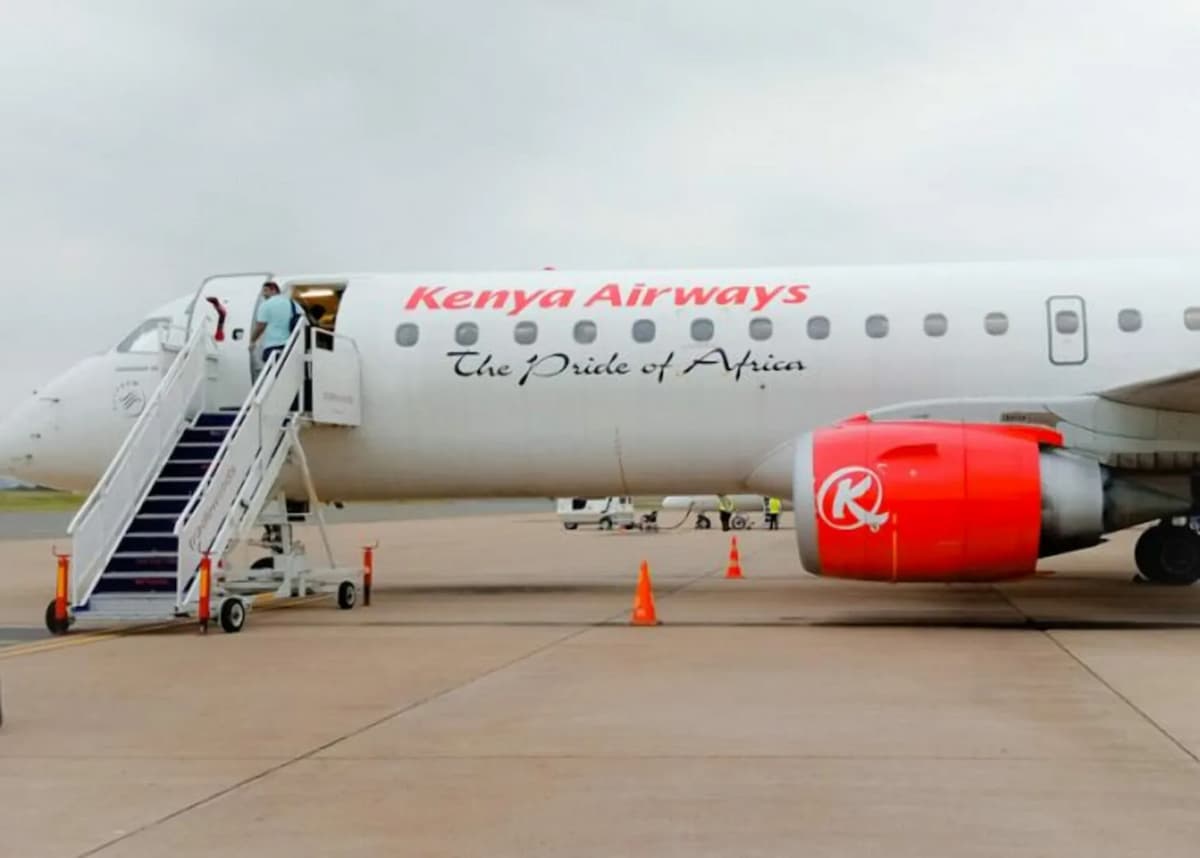Ethiopian Airlines, Africa’s largest network carrier, expands its European reach with the launch of a new route to Warsaw, Poland. This exciting development, announced in April 2024, will connect Addis Ababa, Ethiopia’s capital, to Warsaw with a convenient stopover in Athens, Greece. The inaugural flight is scheduled for June 16, 2024, offering passengers a four-times-weekly service. This new route strengthens Ethiopian Airlines’ presence in Europe, bringing its total European destinations to 24. Passengers flying from Warsaw can now enjoy seamless connections to over 60 destinations across Africa, furthering the airline’s mission to bridge the continent with the globe.
The service will operate with a Boeing 737 MAX 8 aircraft, featuring a comfortable two-cabin configuration with 16 seats in business class and 144 seats in economy class. This modern and fuel-efficient aircraft ensures a pleasant travel experience for passengers on both legs of the journey. This expansion aligns with Ethiopian Airlines’ strategic plan to boost commerce and tourism not only within Africa but also between the continent and Europe. The new Warsaw route provides travelers with a convenient and reliable option for business trips, family visits, or exploring the vibrant cultures of Ethiopia and Poland.
Mesfin Tasew, Group CEO of Ethiopian Airlines, expressed his enthusiasm about the new route: “We are truly excited to further grow our presence in the European market with yet another new destination. This development is in harmony with our strategic intent to bridge Africa with the globe while fostering commerce and tourism within the continent.”
The addition of Warsaw to Ethiopian Airlines’ network strengthens the airline’s position as a key player in global aviation. Passengers can now book their flights to Warsaw via Athens on Ethiopian Airlines’ website or through their preferred travel agent. With its commitment to providing a gratifying journey experience, Ethiopian Airlines is poised to welcome travelers onboard and connect them to exciting new destinations.
Source: Aero News Journal











